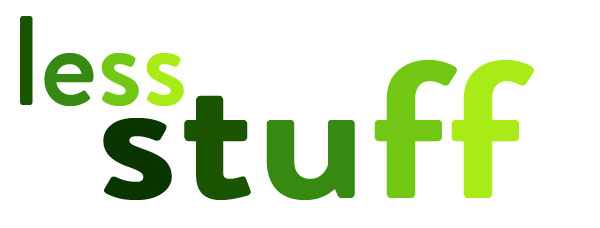
How to Declutter Playrooms

Image by ParentiPacek from Pixabay
Stuffed with toys, craft supplies, and games galore, cluttered playrooms become quickly disorganised and cleaning up feels impossible. Kids get easily overwhelmed and frustrated not finding what they want amongst the mess. Parents trip over scattered pieces and long for neatness. The solution lies in implementing systems to effectively declutter amusing anarchy into organised order. A few key steps make playroom de-cluttering doable.
Assess What You Have
The first step to decluttering a playroom is to take stock of everything currently in it. Go through all the toys, games, craft supplies, dress-ups, etc. and make note of what’s there. Consider making a list and check off items that get multiple uses or spark creativity and joy when played with – these are keepers. Set aside things that are broken, missing pieces, or not age-appropriate anymore – these can likely go.
Categorise and Contain
Next, think about categories to divide everything into – examples may include art supplies, building toys, dolls, action figures, board games, etc. Get storage boxes, shelves, baskets, or cubbies to corral like items together. Decorating them makes them look better. Use plastic decals or buy wooden boxes and paint them to suit the room or your child’s interests. For example, if your child is artistic, you can work together to decorate some wooden crates using fun pop art designs. Pop art motifs like tins of soup are fun to paint and easy for a child to copy.
Labelling the containers makes clean-up quicker. This grouping technique makes finding and putting away toys simpler. Children can also better visualise what is available to play with. Consider donating items no longer used to charity.
Set Up Stations
Designate different zones in the playroom for various activities. An art area with an easel, paper, markers, etc. allows creative expression without messy clutter. Building bricks, tracks, and vehicles can be constructed on a train table. Dolls, stuffed animals, and accessories like clothing stay neat together. There could be spaces for reading, puzzles/blocks, sensory play, and more. Rotating selections keeps amusement fresh while restocking other boxes. Stations facilitate imaginary play possibilities.
Limit Amounts
Too much choice and an abundance of playthings leads to distraction, decision paralysis, and disorganisation. For each interest represented in stations, aim to limit the selections to a reasonable amount that can be neatly stored. As children age and interests evolve, rotate age-appropriate selections regularly. When they outgrow certain toys, pass them on. Keeping quantities in check helps children fully enjoy what they have.
Maintain the System
The key to maintaining a decluttered, organised playroom is consistency in upholding the established categorisation, container, zone, and storage furniture system. Require your children to clean up after themselves by putting toys back properly in their designated homes. Make it a fun family affair by setting a timer and making it a race. Offer rewards like a special outing or screen time for sticking to tidy habits. Lead by example in keeping the space neat.
A functional system only works if everyone participates!
